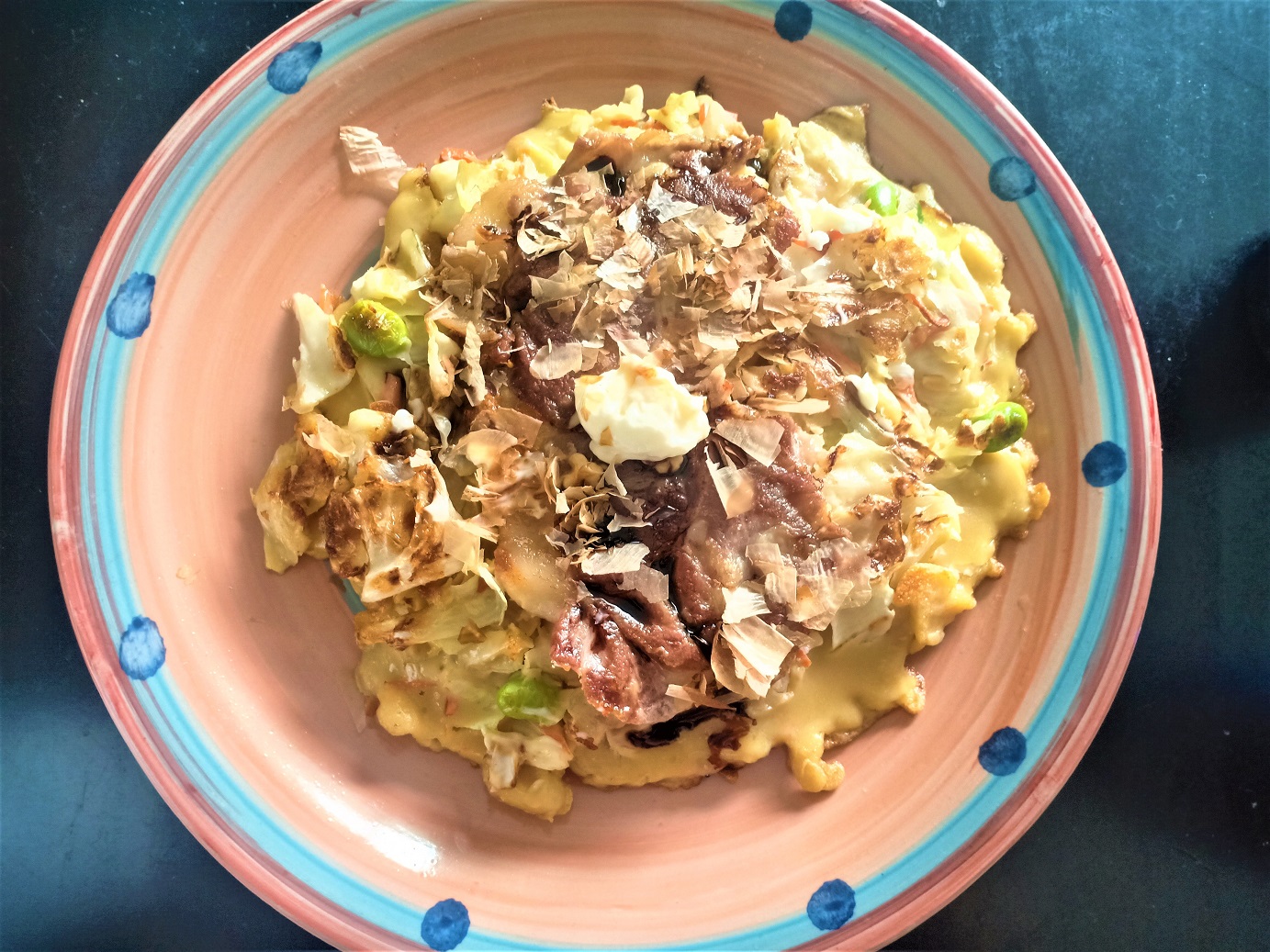Most of us may be familiar with cuisines from neighbouring South East Asian countries such as Thailand, Indonesia and Vietnam, but how much do you know about Filipino food?
Being a melting pot of cultures and traditions, it is no wonder that Filipino foods are an amalgamation of diverse cultures and influences such as the Chinese, Spanish, American and so on, which results in a culinary identity that is uniquely Filipino.
Here I want to share with all of you some of the dishes and desserts that I’ve personally sampled during my recent trip to the Philippines.
1. Halo-Halo
 |
| Razon’s Guagua Halo-halo |
Halo-halo is one of the most iconic Filipino desserts, and definitely no one would say no to a nice serving of Halo-Halo on a hot and humid day! Literally means “mixed” in Tagalog, Halo-halo is a mixture of shaved ice, evaporated/condensed milk and anything that is sweet and tasty that you want to have in your dessert, ranging from leche flan (egg custard), ice cream, beans, sweetcorn, canned fruits, to tapioca pearls.
Thanks to my friends’ recommendations, I’ve got the chance to try a simple, classic, no-nonsense version of Halo-halo at one of the many Razon’s establishments in Metro Manila. What differs Razon’s Halo-halo from the typical halo-halo is its use of fewer ingredients and definitely a lot duller looking compared to the typically colourful Halo-halo. Yet the taste is excellent and is comparatively less sweet than its other counterparts.
I went for the Leche flan Halo-halo at Razon’s and it’s comprised of leche flan, finely shaved ice, caramel sauce, and shredded young coconut. The outcome is a creamy, not overly sweet, melts-in-your-mouth goodness.
2. Ube Macapuno Panna Cotta
Panna Cotta is a classic Italian dessert made from milk, cream and sugar, thickened with gelatin, the result is a silky, rich, smooth, creamy pudding-like substance with a hint of vanilla essence. MMmmmm..
But in the Philippines, panna cotta is elevated to the next level. Inspired by and assimilating local ingredients, ube macapuno panna cotta is a combination of best of both worlds, a marriage of the East and the West. Ube is found ubiquitously in South East Asian cuisines and is known for its distinctive vibrant purple colour.
Topped with steamed ube crumbles, and comes with a molten, creamy ube centre. The juxtaposition in terms of texture between the crumbles on the exterior, the melt-in-your-mouth panna cotta and the rich and creamy filling in the centre results in a sensory pleasure on the tongue. Each contrasting element settles into a symbiosis of flavours that will leave you craving for more!
3. Mary Grace’s Cheese Roll and Ensaymada
Ensaymada is a byproduct of the Spanish occupation in the Philippines and is essentially a soft, fluffy sweet pastry with a cake-bread-like texture, drenched in lots of butter and sugar and topped with grated cheese.
At Mary Grace’s, you can request your ensaymadas and cheese rolls to be grilled as they are best eaten piping hot! Imagine eating a warm and fluffy ensaymada and cheese roll with melted butter and cheese with slightly caramelized sugar dipped in hot chocolate. It is indeed a sinful dessert damaging for the waistline but a joyful delight for our stomachs!
4. Taho
 |
| Strawberry Taho in Baguio City |
The Filipinos call it “Taho”, the Chinese call it 豆花, the Malaysians call it “Tau fu fa”. But they are all referring to the same dessert of Chinese origin, which is essentially silken tofu or pudding made of coagulated soymilk and usually sweetened with gingery syrup.
When I was in Baguio City, known for its strawberry farms, I came across a rather peculiar dessert – Strawberry Taho. This is the first time in my life I’ve seen “Tau fu fa” eaten with preserved strawberries and strawberry syrup!
Just like most Filipino desserts, I find it a tad too sweet for my absolute liking but it’s a refreshing change from the typical Chinese style “Taho”.
5. Champorado
Champorado can be traced back to its Mexican roots due to the Philippines’ trade relations with Mexico. Now, the Filipino Champorado has evolved to be quite different from its Mexican counterpart. Instead of tuber or maize, the Filipino version is made from cooking sticky glutinous rice with milk and chocolate into a rice porridge and lastly sprinkled with milk powder to give it an extra dimension in terms of texture. The concept is similar to our Milo dinosaur hehe!
When I was in Sagada, I came across another version of Champorado without chocolate. The Sagada Champorado is simply made from purple glutinous rice, milk and sugar and lastly finished off with a dollop of milk powder.
I was told by the locals that the Filipino way of eating it is having each of the elements in each spoonful while not mixing everything together, because for their love of eating the milk powder on its own! But for me Champorado tastes better when everything is properly mixed resulting in a red, purple-ish rice porridge concoction that is rich, creamy and surprisingly addictive.
Last Thoughts
The Philippines is definitely a food heaven for those with a sweet tooth and those who adore dairy-based desserts. However, just a word of caution, some Filipino desserts can be overly sweet and so you might want to ask for less sugar if possible.
There you have it, these are my top 5 favourite Filipino desserts! There are many other Filipino desserts that I’ve tried but did not document them here.
So, what are your personal favourite Filipino desserts?



















































